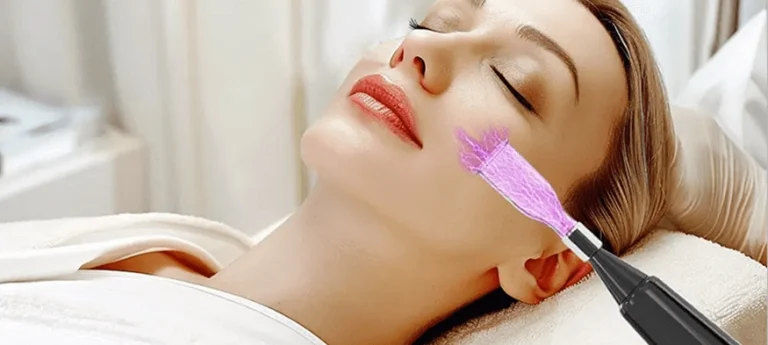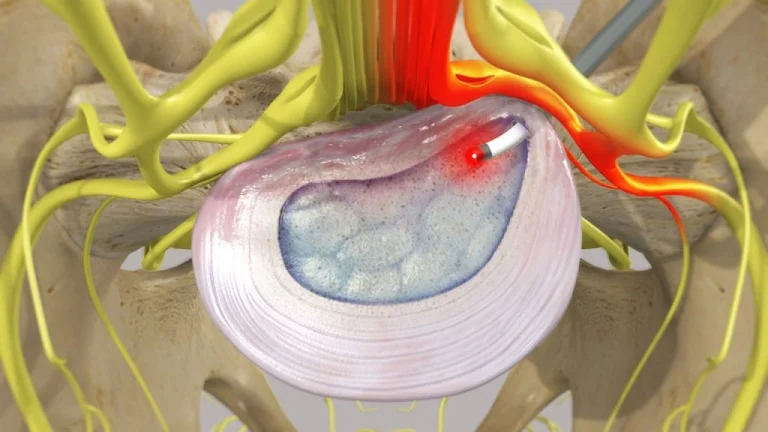Lasers are a common tool in dentistry. They help with teeth whitening, tooth decay, gum disease, and mouth sores. Since the 1990s, laser dental treatments have grown into a handy and strong option compared to old methods. A laser stands for “light amplification by the stimulated emission of radiation.” It makes a narrow, focused light beam. This beam cuts, shapes, or removes tissue with precision. The FDA says laser dental procedures are safe for many dental issues.

How Are Laser Treatments Performed?
Laser dentistry has two main types: hard tissue and soft tissue procedures. Hard tissue lasers target teeth. They’re used for finding cavities, preparing teeth for fillings, and easing tooth sensitivity. Lasers spot cavities early by detecting tooth decay. They also kill bacteria in cavities without needing drills or numbing shots in many cases.
Soft tissue lasers focus on gums. They treat things like a “gummy smile,” crown lengthening, frenulum fixes (frenectomy), and removing soft tissue folds from bad-fitting dentures. Other uses include removing tumors, helping sleep apnea by reshaping the throat, managing TMJ pain, nerve repair, treating cold sores, and teeth whitening.
What Types of Lasers Are Used?

Dental pros use hard tissue or soft tissue lasers based on the job. Hard tissue lasers get absorbed by water and minerals in teeth, making them great for cutting enamel and dentin. Soft tissue lasers target water-rich gums.
The diode laser dentistry with a wavelength of 980nm shines on tissue and turns into heat. This heat causes effects like coagulation, carbonization, and vaporization. Diode lasers use these effects to treat oral diseases.
Pros and Cons of Laser Dentistry
Advantages
Laser dental procedures bring many perks:
- Soft tissue lasers may need fewer stitches.
- Bleeding is less since lasers help blood clot.
- Some treatments skip numbing shots.
- Little bleeding or swelling means faster healing.
- Lasers cut and clot at the same time with precision.
- They avoid harming nearby tissue, making surgery safer.
- Less swelling and discomfort after treatment.
- Controlled laser depth speeds up healing.
Disadvantages
Laser dentistry has some limits:
- Lasers can’t work on teeth with metal fillings, like amalgam.
- Some jobs still need traditional drills.
- Gums can get hurt if the laser is misused.
- Laser equipment costs more, which may raise patient fees.
What Risks Are Associated with Laser Dentistry?
Risks in laser dentistry are small. The biggest worry is wrong use. Bad wavelength or power settings can harm nearby tissue. So, dentists need proper training. Patients wear special glasses during treatment to protect eyes from the bright laser beam.
Can Dental Lasers Be Used for Kids?
Dental lasers can work for kids, but it’s less common than for adults. The American Academy of Pediatric Dentistry says they’re okay but need special training for kids’ dentists. Lasers help kids with tongue-tie or those scared of needles and drills.
FAQ
Q: Are laser dental treatments painful?
A: Most patients feel less pain than with old methods. They need less numbing and have little bleeding.
Q: Can laser dental procedures be used on children?
A: Yes, dental lasers can help kids, especially with tongue-tie. But pediatric dentists need special training.
Q: What are the benefits of laser dentistry?
A: Benefits include faster healing, less bleeding, fewer stitches, and often no numbing needed.
Q: Can laser treatment be used for teeth whitening?
A: Yes, lasers make bleaching faster and cut sensitivity risks.
Q: Are there any risks associated with laser dentistry?
A: Risks are small but include gum injury or tissue damage if the laser is misused. Proper training is key.
Q: How much does laser dental treatment cost?
A: Laser treatments often cost less than old methods due to fewer visits, but prices vary by procedure.
Arfurla Dentistry Laser Treatment Dental Diode Laser Soft Tissue
The diode laser dental treatment cuts soft tissue fast and smoothly with less blood and pain than regular dental tools. It supports many periodontal uses, like gingivectomy, gingivoplasty, oral papillectomies, fibroma removal, and draining abscesses.
Laser light in the periodontal pocket kills bacteria and helps gums heal. It’s also great for treating ulcers by breaking down bacterial proteins, easing pain, and speeding healing.
Laser Assisted Whitening/Bleaching of Teeth is another big use. Diode lasers make bleaching faster and reduce sensitivity risks.
Become Our Distributor for the 980nm 1470nm Multifunction Medical 12-in-1 Diode Laser Machine
Arfurla offers global distribution opportunities for its top product—the 980nm 1470nm Multifunction Medical 12-in-1 Diode Laser Machine. This advanced system uses three wavelengths (650nm/980nm/1470nm) for twelve clinical jobs, including facial endolaser lipolysis, physiotherapy pain relief, spider vein removal, ENT surgery cuts, and dentistry tasks like teeth whitening and periodontal disease treatment.
With OEM/ODM options and a skilled R&D team, Hangzhou Arfurla Science & Technology Co., Ltd. offers fair prices and full technical support. Distributors get marketing materials, lifelong technical help, free parts under warranty, and custom design advice.
This is a great chance for clinics wanting to grow services with cutting-edge diode laser technology for better patient results across many medical fields.



